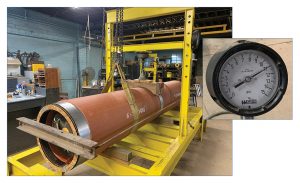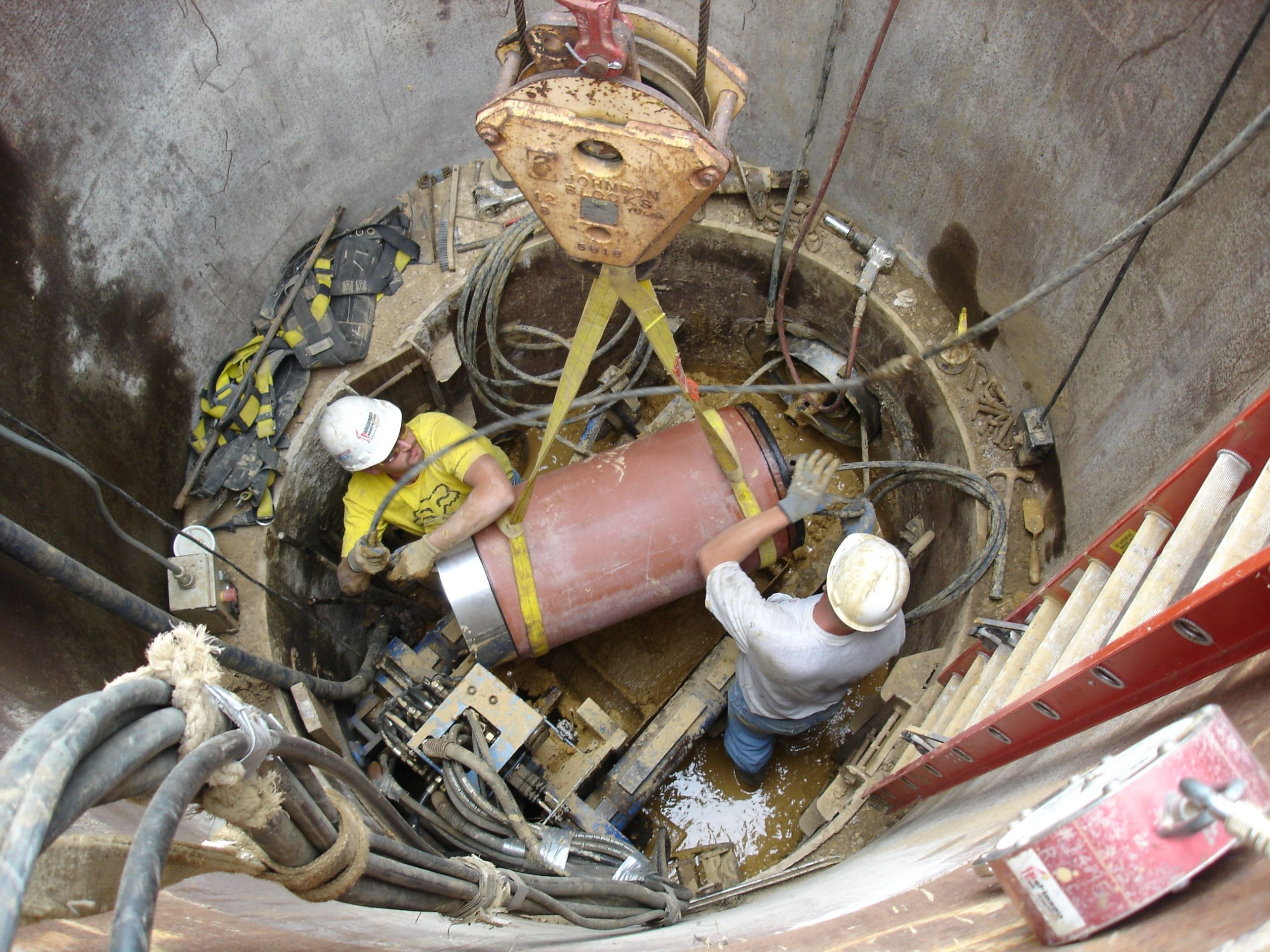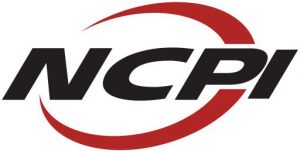Why use trenchless installation with VCP?
The reasons for selecting a trenchless installation method vary greatly by project, but a few of the most common reasons include: cost of surface restoration, water tables and depth of installation. When a project calls for a trenchless installation method, the Pilot Tube Method is frequently preferred because of the reliably rifle barrel straight line and grade.
Click here to watch an example using the Pilot Tube Method of Guided Boring in Novi, MI.
Can bends be involved (i.e- 45-degree bends) in the Pilot Tube Method of Guided Boring (PTM), or is this method only used for straight runs?
Pilot tube guided boring is for straight runs only. Changes in alignment are managed at shafts/ manhole connections.
What is the price difference between Pilot Tube (trenchless) Method & open cut installations?
This would depend on soil type, water table, cover depth, other utilities above the bore, and surface restoration needs. Trenchless methods are sometimes the LESS costly installation method depending on these factors.
Can this method be used for trunk main installation?
Yes. Pilot tube is commonly used in the conventional form up to 48-inch outside diameters. Larger sizes can be accomplished with a hybrid system (ex. Horizontal auger boring or pipe ramming using a pilot tube to create the guided path first).
Can you deflect this type of piping?
 Yes, but it would limit the safe jacking force which could be applied. VCP jacking pipe and the joint have been tested using the standard deflection and shear load test for Bell & Spigot pipe. While there is no indication that trenchless installations suffer from differential settling, this may be a benefit in limited seismic events or when adjacent utilities are accessed.
Yes, but it would limit the safe jacking force which could be applied. VCP jacking pipe and the joint have been tested using the standard deflection and shear load test for Bell & Spigot pipe. While there is no indication that trenchless installations suffer from differential settling, this may be a benefit in limited seismic events or when adjacent utilities are accessed.
Does the clay pipe used in Microtunneling have Bell & Spigots?
No. VCP jacking pipe (VCP-J) has flush joints per ASTM C1208. The pipe end is machine-ground and joined by Stainless Steel (316) collars that are recessed from the barrel OD.
How can VCP be used in trenchless installations?
Vitrified Clay Jacking Pipe has been the predominant pipe material used in the Pilot Tube Method (PTM) process due to the following:
- Its high compressive strength
- A low-profile zero-leakage joint
- Availability in the typical 1- or 2-meter pipe lengths
- Elimination of the external casing pipe.
Vitrified Clay Pipe has an extremely high compressive strength (18,000 psi average), a feature that makes it uniquely suited to endure the high jacking forces generated as the pipe is pushed through the ground.
In addition to the Pilot Tube Method, Vitrified Clay Pipe has been used for Slurry Microtunneling, Pipe Bursting, and Sliplining.
For more information, visit No-DigPipe.com.
How is the dirt removed in front of the Pilot head?
The 4-inch pilot tube with slant faced steering head displaces the soil. No soil is removed in this step.
If a water table is encountered, how do you deal with it?
Up to a 10 ft water head above the bore when in flowable type soils can be balanced using a water auger or double-flighted augers.
What do you do if a pipe breaks during installation?
This is extremely uncommon with pilot tube guided boring installations. If the pipe section is in the installed tunnel, it could be cycled out. Sometimes a jacking frame misaligns within the shaft and could cause a pipe to break in the shaft. If this happens, an experienced contractor will remove the pipe before it is fully in the tunnel, and the frame is re-aligned and tack welded before tunneling resumes.
What happens when you run into hard rock during the auguring process?
Hard rock would be found in step 1 during the installation of the pilot tubes and before the casings and augers are employed. If inappropriate geotechnical conditions are encountered in step 1, the pilot tubes can be retracted, and a different alignment or grade can be chosen for the bore path.
What is the average advancement speed of each stage?
This varies greatly depending upon soil conditions, contractor experience and the selection of the two step or three step process. A rough average for a 300 ft. drive is one week:
- Day one for setup
- Day 2 for installation of the pilot tubes
- Days 3 through 5 for installation of temporary casings and/or product pipe
What is the maximum thrust you have applied so far?
We have seen 250 tons applied to an 8-inch jacking pipe line (rated at 45 tons with a 2.5 SF) without failure (but they were very careful about keeping the pipe in straight alignment)!
What is the maximum depth at which the Pilot Tube Method has been used?
The Pilot Tube Method has been used at cover depths of over 50 ft. But this is not a limit.
What is the maximum length of a run made using the Pilot Tube Method?
The world record for a PTM drive is almost 700 ft. The most-common lengths are 300-350 ft. (roughly the full length of an American football field).
What size and material type boulder would Pilot Tube Guided Boring work and is there any improvement in technology over the years as to Rim cutting boulders?
Boulders and other ‘mixed face’ conditions are tough for most trenchless new installation tunnel methods. If the pilot can get past the cobble or boulder, the auger could transport a size up to 1/3 of the casing diameter. Pilot tube is evolving into non-displaceable soils using rock tooling in the place of the slant faced steering head. This is currently being used in homogeneous ‘soft’ rock.
What happens to the wood ring at the jacking pipe joint over time?
The wood (compression) rings are made from particle board or chipboard and are located within the joint between each section of jacking pipe. These are thrust transfer rings that are designed to transmit the axial jacking forces between pipe sections. These compression rings are required for installation only and are not needed for joint integrity after jacking operations. The rings are sacrificial and will deteriorate in a sanitary environment. They will be replaced with ‘silting’ of fine sediment during the service life. This silting will provide a smooth linear flow across the joint.

For complete technical information, download our Manual or one of our Handbooks.
*Qualifies for PDH Credits



